Right now, some of our best minds are trying to find a habitable planet like Earth as a Plan B in case things go really bad here. We don't have many candidates yet, because it's hard - almost impossible - for all the right conditions to come together the way they do here on Earth.
However, we have a whole list of places that are definitely worth visiting. can't support human or any other life. Some of these most feared planets in the known universe are so hostile that they are nearly impossible to even reach and study, let alone colonize and terraform for human habitation.
10. Upsilon Andromedae b
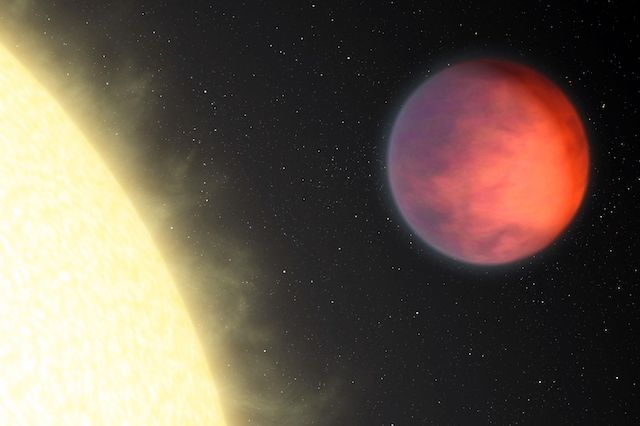
The gas giant Upsilon Andromedae b was discovered in 1996. It is located in the constellation Andromeda, about 40 light years from our solar system, and is so large that it has are spinning two others planets. It orbits its star every about 4.6 days, compared to Mercury's 88 days, making it much closer to its sun than any other planet in our solar system.
Here, temperatures on the warm side can reach between 2,500 and 3,000 degrees Fahrenheit. However, if you cross over to the other, cooler side, it can drop to -4 Fahrenheit. According to researchers, this is the largest temperature change ever observed outside Solar system . However, we don't know why this happens, since large gaseous planets like Jupiter usually maintain the same temperature across their entire surface.
9. GDZ 1214b

A planet called GJ 1214b was discovered in December 2009 as part of the MEarth Project, an ongoing attempts find Earth-like exoplanets in our own galaxy. At about 42 light years away, it is one of the most Earth-like planets we know of, as it is made almost entirely of water. However, that is where the similarities end, as GJ 1214b is in no way habitable.
Because the planet is about 70 times closer to the sun than Earth, temperatures can reach 540 degrees Fahrenheit. The water found on GJ 1214b exists only at the bottom of its hot atmosphere, and some scientists think it may be a strange form of superheated water. plasma , and not in ordinary liquid or gas.
8. Jupiter

At first glance, Jupiter seems like a cool planet, at least in terms of space. It’s the biggest thing in the solar system after the sun — so big that its gravitational pull affects the motion of other planets and moons, including our own. own With such a huge surface area, Jupiter's early settlers at least had plenty of space to work.
Except Jupiter has no surface to speak of. The planet is made almost entirely of gas, mostly helium and hydrogen—flying to Jupiter would be like falling through a giant cloud, only much worse. Once you reached the innermost layer, the pressure would be about two million times stronger than on the surface of the Earth, and the temperature will be higher than on the surface of the Sun.
Jupiter is also home to huge, destructive storms due to its unusually high rotation rate. The largest of these is called the Great Red Spot, which has been continuously monitored for over 300 years .
7. OGLE-2005-BLG-390Lb

OGLE-2005-BLG-390Lb is a distant planet close to Sagittarius A, the supermassive black hole at the center of the Milky Way. It was discovered in In 2006 using an observational effect first predicted Einstein , - gravitational microlensing - which is currently one of the few reliable methods for detecting distant planets in the habitable zones of their stars.
We know little about OGLE-2005-BLG-390Lb because it is over 20,000 light years away, although we do know that it is the coldest planet we have ever observed. On the surface, average temperatures can drop to -223 Celsius, or about 370 Fahrenheit, due to the relatively low temperature and mass of the red dwarf.
6. Venus
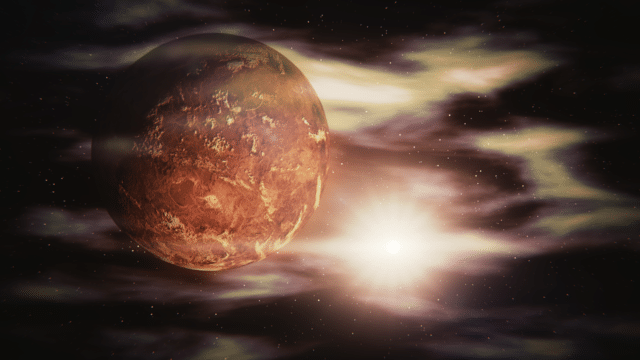
Despite its proximity to Earth, Venus has never made our list of potentially habitable planets. It was first explored by NASA's Mariner 2 in In 1962 , and since then many countries have tried to land their own missions on its surface. So far, none have been successful, as probes are usually destroyed by the intense heat and pressure of the atmosphere long before they reach the surface.
This the hottest planet Solar system, despite the fact that Mercury is much closer to the Sun due to the strong greenhouse effect created by carbon dioxide, sulfuric acid and other harmful substances in its atmosphere. The air is so heavy that the pressure level on the surface can be about 90 times higher than on Earth, even though no mission has ever been able to properly study the surface of Venus. According to several scientists, although these conditions are definitely not suitable for life, Venus may be able to host some life forms higher up in its atmosphere .
5. SHORT-7b
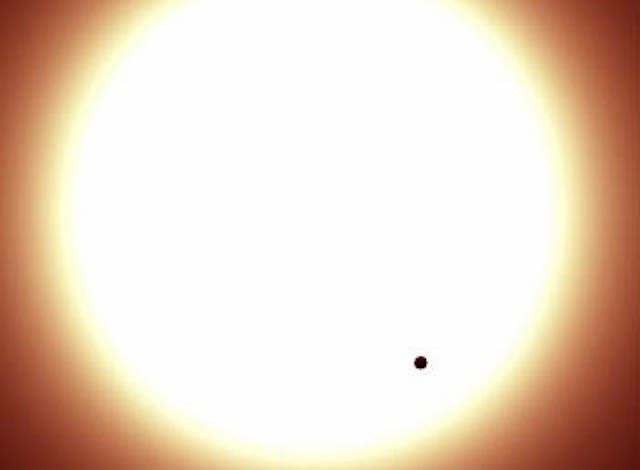
COROT-7b is located in the constellation Monoceros, about 500 light years from Earth. Discovered in 2009 by a French satellite CoRoT (short for Convection, Rotation and Planetary Transits), it is more similar to Earth than most of the gas giants we encounter. In addition to being solid and rocky, both planets are made up of silicates and other similar compounds.
Unlike Earth, however, COROT-7b is only 2.6 million miles from its star, or about 23 times closer than we are to our sun. Because of this, temperatures here can reach more than 4,200 degrees Fahrenheit, hot enough to melt rocks. According to simulations by a team of scientists at Washington University in St. Louis, COROT-7b’s atmosphere is likely made up of rocks in various stages of melting, which occasionally cool and fall onto a surface made of molten lava .
4. Kepler-10b
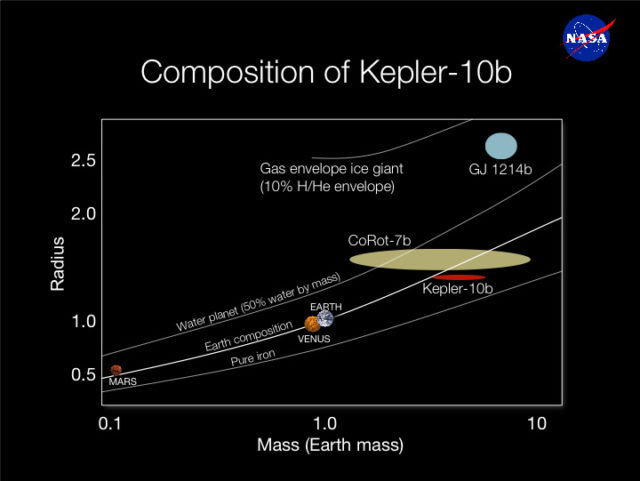
When Kepler-10b was first discovered in 2009, researchers used something called asteroseismology to observe its parent star, Kepler 10. Despite its enormous distance—about 560 light years from Earth — this method allowed them to study the structure and composition of the star. Thanks to this, they were able to conclude that Kepler-10b — rocky a planet similar to Earth, and may even have a rocky surface, unlike most other exoplanets we know about.
When it comes to its environment, however, Kepler-10b is about as different from Earth as you might expect. It is more than 20 times closer to its star than Mercury is to our sun, resulting in surface temperatures reaching 2,500 degrees Fahrenheit during the day. If that weren't enough, Kepler-10b is constantly bombarded with so much radiation from its star that it can't support atmosphere .
3. OSA-76 b
WASP-76 b is named after the Wide Angle Planet Search, or WASP — a collaboration of observatories searching for planets in other solar systems. To date, WASP has discovered hundreds of exoplanets in its search for potentially habitable Earth-like planets nearby. While some of them may have conditions suitable for life, WASP-76 b certainly does not.
It orbits about 2.5 million miles from its star — ten times closer than Mercury is to our sun. Although WASP-76 b is about the same size as Jupiter, the large amounts of radiation and heat from its star have shaped it into an oval shape, as its width is now 1.8 times that of Jupiter It is also tidally locked, with its day and night sides fixed, like our Moon.
Temperatures can reach 2,370 degrees Fahrenheit on the night side and about 4,350 degrees Fahrenheit on the day side — hot enough to ionize most metals we know of. Some scientists speculate that this temperature difference could cause molten, ionized metals to migrate to the night side and occasionally rain down on it. molten iron .
2. HD 189733b
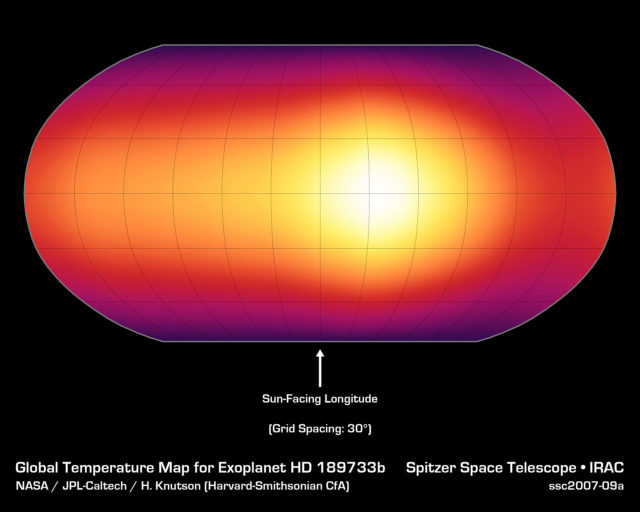
HD 189733b is a bright blue planet in the constellation Vulpecula, about 63 light-years from Earth. Its Earth-blue appearance might fool you into thinking it’s a habitable place, full of water and other early signs of life. Get a little closer, though, and you’ll quickly realize that’s not the case.
HD 189733b is much larger than Earth — about the size of Jupiter — although it orbits its sun in just 2.2 Earth days. It is much closer to its star, and the temperature on surface temperature ranges from 1,200 to 1,700 degrees Fahrenheit. It’s also quite windy—the planet’s average wind speed can reach 6,000 miles per hour, which is about seven times the speed of sound. If the deafening winds don't kill you, the planet also has thunderstorms and rain of molten And hard glass, often flying sideways due to high wind speed.
1. HD 80606b
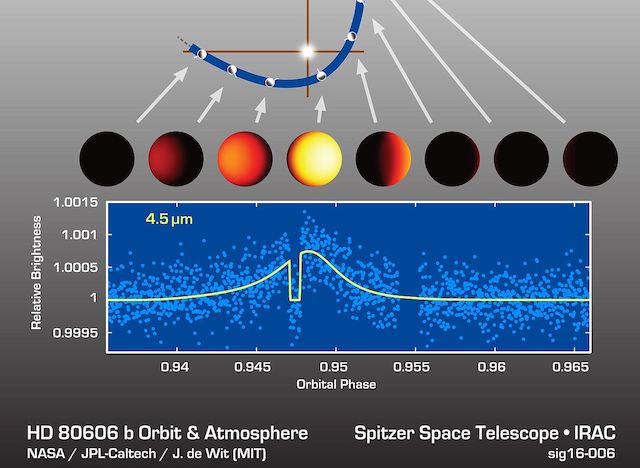
HD 80606b was discovered in 2001 by a Swiss team at the Geneva Observatory. It is about 200 light years away and is nearly four times the mass of Jupiter, making it one of many super-sized exoplanets we have discovered in the last few decades.
To say that the weather on HD 80606b is “wild” would be an understatement. Temperatures here can vary by more than 1,000 degrees Fahrenheit in a matter of hours, thanks to its anomalously eccentric orbit that periodically brings it closer to its star. An observer would see summer days getting hotter at an alarming rate as the Sun’s brightness increases by a factor of 1,000 over a period of days. According to scientific modeling, these wild temperature swings Also can be caused by winds that can reach speeds of to 11,000 miles per hour, creating shock waves across the surface that travel faster than the speed of sound.













Оставить Комментарий